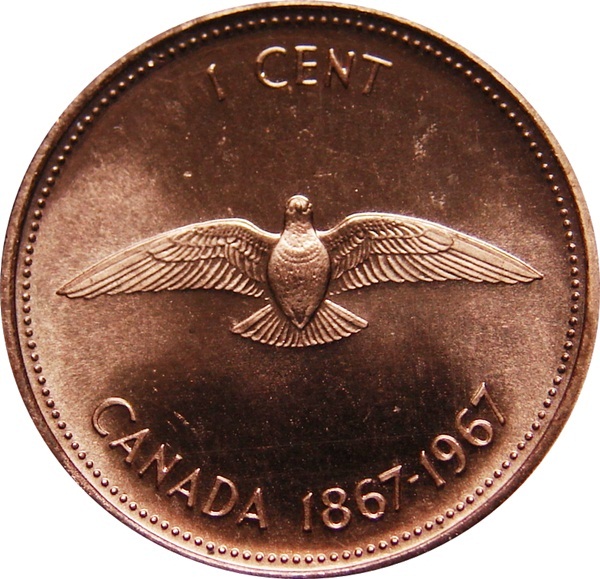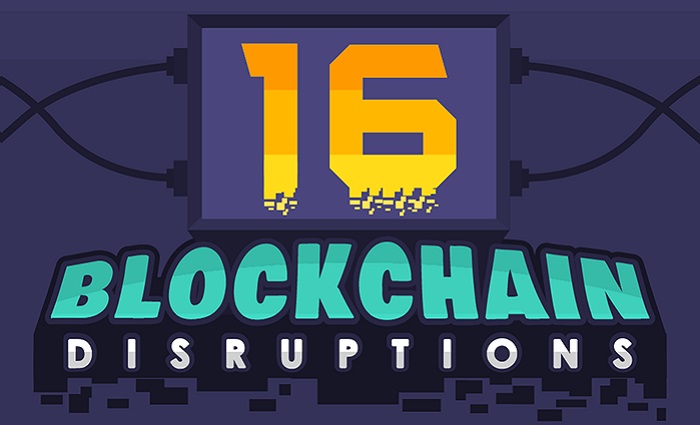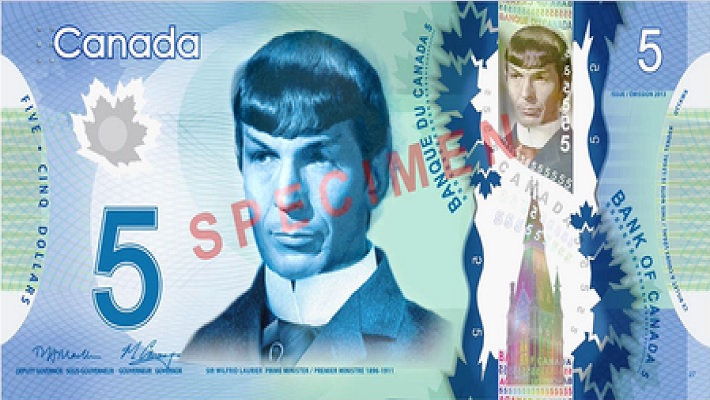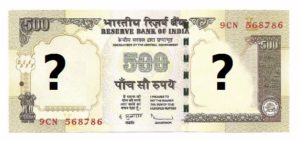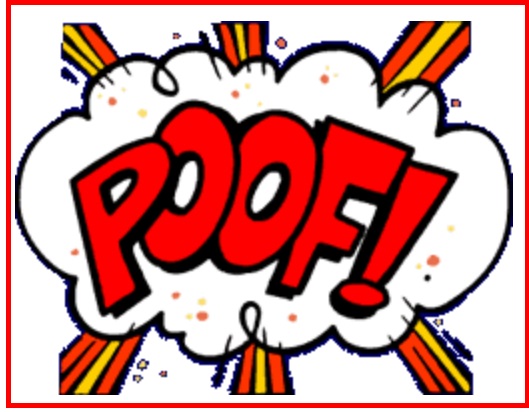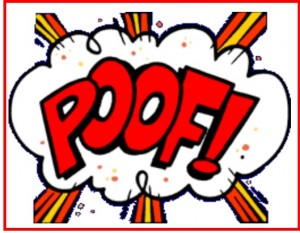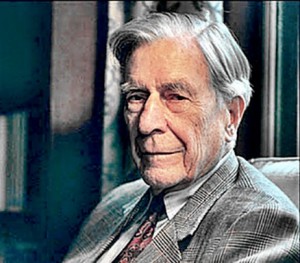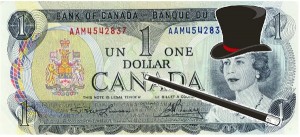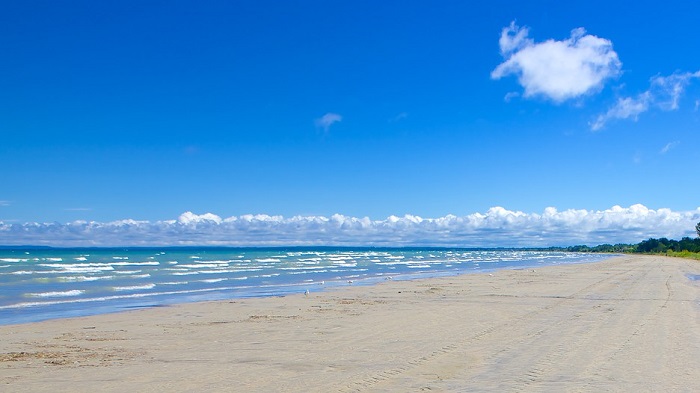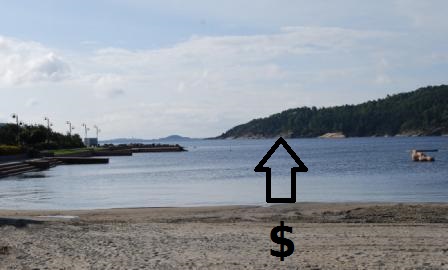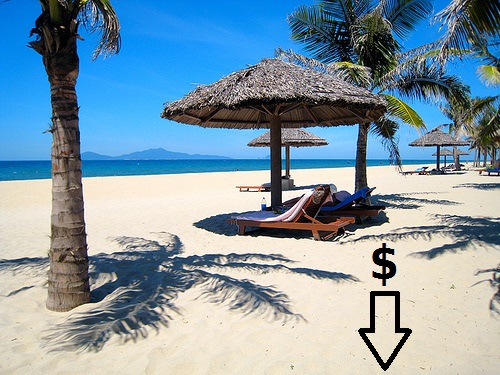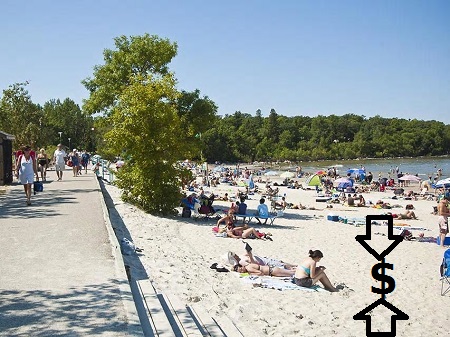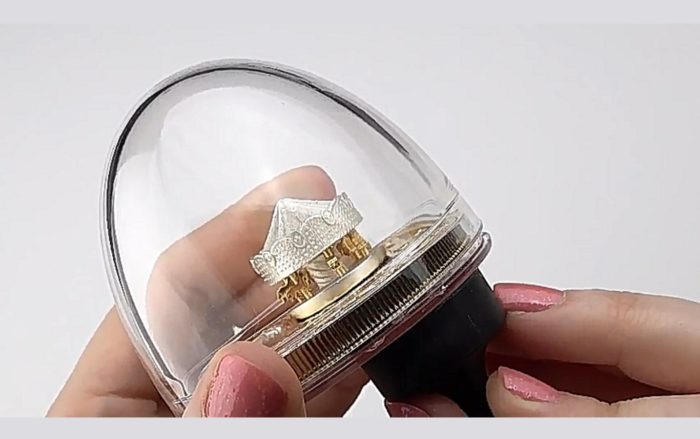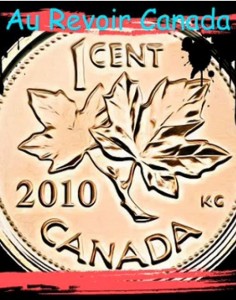 Twelve years ago, the Canadian mint circulated fresh pennies for the very last time.
Twelve years ago, the Canadian mint circulated fresh pennies for the very last time.
Back then I looked out the window at my favorite Café , I noticed one of the employees was sweeping the pavement. He had one of those stand-up dust pans in one hand, and a pole-like brush in the other. In the dustpan were wrappers, cigarette butts, and coins. I couldn’t believe it. Yes, it was money! I watched with disgust and dismay as pennies (which were the majority of the money) and nickels and dimes were swept into the waiting dustpan.
Brief flashes of light came from the dust as the sunlight reflected off the coins’ surfaces.
The employee was very efficient and obviously had done this before. He walked around to the side of the Café where he emptied his dustpan filled with garbage and the “change” into a larger plastic container. “I can’t believe it!” I said out loud. “Give me a break. How can anyone just throw away change?”
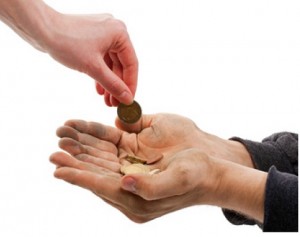
The local Humane Society had a campaign asking for pennies. This was a fundraiser toward building a permanent structure for the stray animals they house, feed and adopt out. While running their campaign a few years ago, they had a large old trailer as their “shelter” and office. The fundraiser “Pennies for Paws” was successful and with the end of the penny it may be difficult to find a replacement. With the news that the government has decided to stop minting pennies, it is even more important and applicable to see the importance of what “small change” can do for others.
Instead of throwing away all those pennies that I felt had no worth, I just put them in a container with a lid and added the label “Pennies for Paws” that I printed off from the Society’s website. I started collecting pennies in January of 2012 when I first heard of the campaign and had filled one coffee container and was working on my second one by June. My father-in-law had one at his house in Hamilton. Somehow soliciting friends and neighbors for pennies isn’t as daunting as asking for donations for other causes but with the end of the penny, charities have seen a downturn in contributions.
A friend of mine only uses paper money to pay for things.
He saves all his change which ranges from pennies up to Toonies. He deposits this money into jars and cans. When his vacation time comes around in August, he has enough money to take his wife and four kids away for much needed “family time.” He has accumulated $1,500-$2,000. Making a habit of saving “change” not only helps with expenses later, but it makes you feel as if you are getting a “bonus” every year from your work.
A few years ago, I parked at the end of the large parking lot of my favorite grocery store and was walking toward the front door. As I neared the entrance, I noticed people going in the store seemed to be streaming to the left or right of the main entrance. I soon saw why. A group of kids in their early 20’s were standing with their backs to the center of the front entrance flipping quarters, dimes and nickels onto the payment. These kids were throwing away all their loose change as if they were playing “Tiddly Winks” or “Beer Pong”. “Are you throwing them away?” I asked as I got closed to this group. I’m sure I sounded upset and looked very bewildered.
“It’s only change man,” the larger kid replied to me unaware of why this would draw attention. I swooped down and picked up two handfuls of coins in front of them.
“This is stupid!” I declared. “Didn’t your parents teach you about the value of money?” As soon as I said it, I realized I sounded just like my parents. The response from the group was shrugs as they walked quietly away unaffected by my actions and questions. I counted the change and it was almost $8.00.
I had another friend several years back that I stopped associating with because his wastefulness upset me so much. One of his worst habits I witnessed was when my wife and I went over to have supper with them. He threw all the supper leftovers into the garbage along with his change he had taken out of his pockets.
I wouldn’t have believed it if I had not personally witnessed this.
He let his kids play with loose change he took out of his pockets and placed on the kitchen table, then at the end of the week, he would take it and any other coins lying around the house on other tables, floor, or on the couch, and throw it into the weekly garbage he put out on the curb. I was so upset. So, I gave him a large jar to fill and would collect it every week showing him the error of his ways, and how much money he had saved. His reply was, “Blair, you are so silly.”
For months, I would visit weekly and collect the jar of money which my friend put his loose change into, tally up the amount, and tell him the total. He didn’t care and didn’t want the change. I would replace the jar and take the filled one to the local Food Bank. They appreciated this very much and bought baby food which they always had a shortage of for the mothers who came on a regular basis.
Eventually, I felt I could no longer be involved with a person so wasteful in his life, and who set such a poor example for his children.
So everyone out there, keep and collect all your unwanted change.
There are many charities that would gladly take it. It is simple to collect with containers left by your front door, on your dresser in the bedroom, by your flat screen, or other places where you spend a lot of your time. You would be helping others, and teaching your children the importance of giving to others. All money, including “change” has value. For the Silo, Blair Yager.
